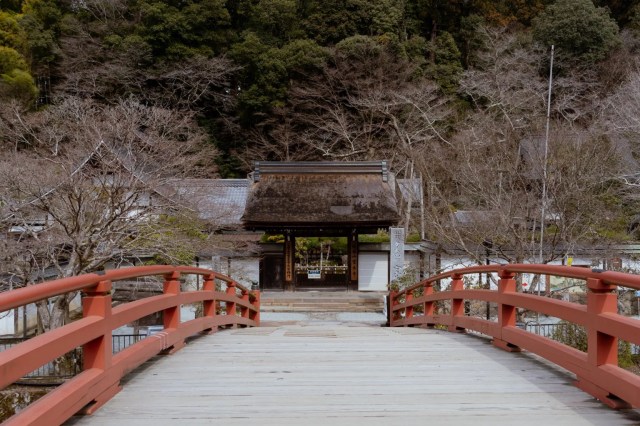
Murouji has a fascinating history, with stunning sights that’ll linger in your heart long after you visit.
Most tourists who visit Nara head straight for the world-famous giant buddha and free-roaming deer at Nara Park, but those wanting to escape the crowds and explore off the beaten path will find beautiful gems on the Nara Yamato Four-Temple Pilgrimage.
The four ancient temples — Murouji, Hasedera, Abe Monjuin, and Oka-dera — are all located in Nara’s Yamato region, and each one has a long and fabled history stretching back to the days when Nara Prefecture was known as Yamato Province, the birthplace of imperial rule.
One of the most impressive temples is Murouji, which goes by both “Muro-ji” and “Murouji” in English by official sources. Located around 90 minutes by train from Nara Park, our reporter Egawa Tasuku was able to visit recently on a press tour organised by Central Japan Railway Company (JR Tokai), and he says it’s one of the most beautiful sites he’s ever seen.
The pilgrimage temples are currently growing in popularity after being featured in Hikaru Kimi e, the current year-long historical taiga drama series depicting the life of Murasaki Shikibu, the Japanese female poet and novelist who wrote The Tale of Genji, one of the world’s first novels.
Murouji’s history is particularly important for women, as it was one of the few religious sites to accept women as pilgrims back when it was frowned upon. In fact, it still goes by the name “Nyonin Koya“, or “Mt Koya for Women“, given that prior to 1872 women were banned from entering Mt Koya, home to the ecclesiastical headquarters of the local sect of Shingon Buddhism, to avoid leading male monks astray.
Today, Murouji Temple is the head temple of the Murouji sect of the Shingon Buddhism, and it’s home to a number of National Treasures and Important Cultural Properties.
▼ One of the National Treasures is Kon-do Hall, which was built in the mid-9th century.
As one of the oldest structures at Murouji, this building has a very dignified and impressive facade, but when viewed from the side, the fascinating shape of the roof reveals itself. This building was constructed in the yosemune-zukuri style, where the roof features a technique called Kokera-buki, a construction method that involves layering wood shingles on top of each other.
The Hall houses another National Treasure, The Standing Statue of Chuson Shaka Nyorai (“釈迦如来立像”), a 234.8-centimetre (92.4-inch) tall wooden Buddha that dates back to the early Heian Period (794-1185). The figure is surrounded by eight other Buddhist statues, all of which are Important Cultural Properties, with the main two being Bodhisattva Yakushi and Bodhisattva Monju (also dated to the Heian Period), and six of the Wooden Standing 12 Guardians, which are approximately a metre high and date back to the Kamakura Period (1185-1333). Each guardian displays a Chinese zodiac animal on their head, with this Hall enshrining the guardians of Rat (“子”), Ox (“丑”), Horse (“午”), Monkey (“申”), Dog (“戌”) and Boar (“亥”).
▼ Photography is prohibited inside the hall, but this sign shows you the setup of the display.
If you’re at an ancient temple like this one, keep an eye out for these types of signs — if they display the words “写真” (“shashin”) or “撮影” (“satsuei”), which can be used together or interchangeably to mean “photography” or “photograph”, alongside the kanji character “断”, from “okotowari” which means “refuse”, you’ll know it means photography is prohibited.
There are exceptions to the no-photography rule at this temple from time to time, though, because for a limited time from 30 March to 6 May, the temple will be allowing smartphone photography inside the hall, only for those who participate in the “Special Visit” event.
Opportunities to photograph Buddha statues of National Treasure status are rare, so temple lovers will definitely want to visit during the Golden Week holidays, which end on 6 May this year. Egawa was given permission to photograph some of the usually off-limits displays as part of the press tour, but he held back on publishing some photos in order to keep it a surprise for those who do visit. However, he couldn’t resist sharing one image of an incredibly special National Treasure, located behind The Standing Statue of Chuson Shaka Nyorai.
▼ This is the Taishakuten (Shakra) Mandala, a rare wall painting and valuable relic, believed to have been painted on this wooden board around the middle of the 9th Century.
Hidden behind the Buddhist figures, this is like a secret national treasure that’s almost invisible from the front so Egawa highly recommends searching for it when you visit.
▼ Incidentally, when Egawa stopped by, the roof of the Hall was covered with protective sheeting as it needs to be reroofed.
The temple is currently seeking donations to reroof the building and also improve the temple grounds and preserve the environment. While people can make donations at the temple, there’s also a crowdfunding campaign in place to raise funds, and it’s already reached 83-percent of its 10 million-yen (US$64,000) target goal, with around a month remaining.
It’s heartening to see the temple has the support of so many people behind it, especially when there are so many historically important sites on the grounds, including the Main Hall, a National Treasure that dates back to 1308.
This Hall houses the Statue of Nyoirin Kannon Bosatsu, an Important Cultural Property that dates from the Heian Period, which is one of the three greatest Nyoirin Kannon statues in Japan.
▼ This is an amazing Buddha statue carved from a single piece of Kaya wood.
Another important structure is the Five-storied Pagoda, a National Treasure that’s said to be the smallest outdoor pagoda of its kind in Japan.
Pretty soon, the pagoda will look even more majestic when the temple’s famous rhododendrons come into bloom, around the end of April to the beginning of May.
▼ Miroku-do Hall, an Important Cultural Property, is another beautiful sight worth seeing on the grounds.
▼ While you’re in the area, the nearby Ryuketsu Shrine is also a must-see, as it enshrines a dragon deity and is even older than Murouji.
▼ The main shrine here was relocated from Nara’s famous Kasuga Taisha Shrine in 1672.
Murouji is a beautiful historic site with even more to see and do than Egawa was able to mention, and he reckons you could happily spend half a day here immersing yourself in the history of the temple and exploring its many amazing artefacts.
So next time you’re visiting Nara, and bowing to its famous giant Buddha and deer, why not take a detour off the beaten path to discover the beauty of the road less travelled at Murouji? It’s a stunning site that’ll linger in your mind and heart long after your visit, much like a night at this historic Nara hotel, whose visitors have included emperors, Einstein and Audrey Hepburn.
Temple information
Murouji / 室生寺
Address: Nara-ken, Uda-shi, Murou 78
奈良県宇陀市室生78
Website
Related: Murouji, Nara JR Central
Screenshot: Murouji
Photos © SoraNews24
● Want to hear about SoraNews24’s latest articles as soon as they’re published? Follow us on Facebook and Twitter!
[ Read in Japanese ]

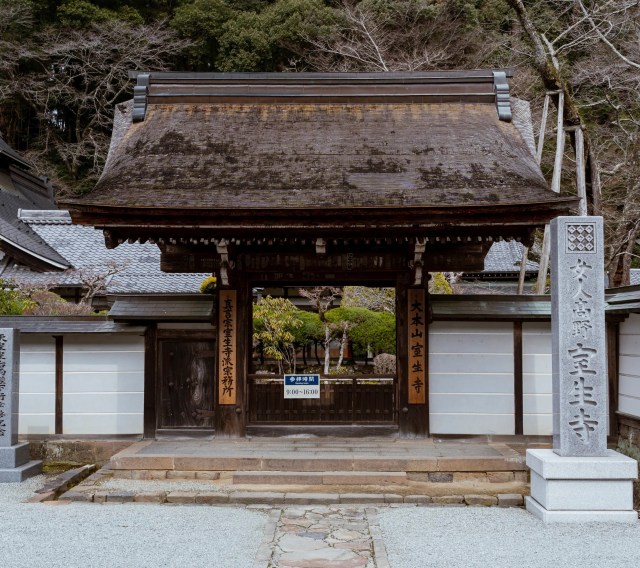
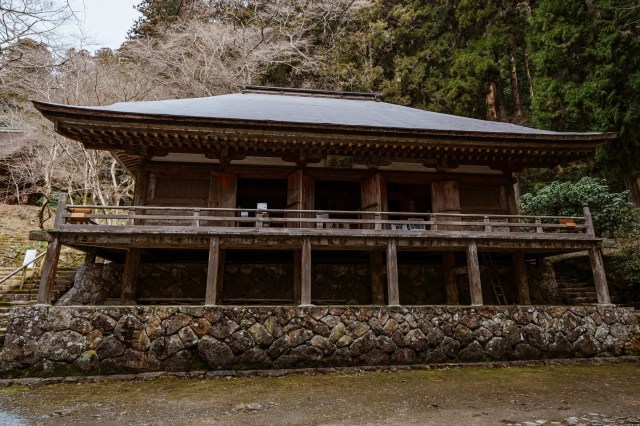
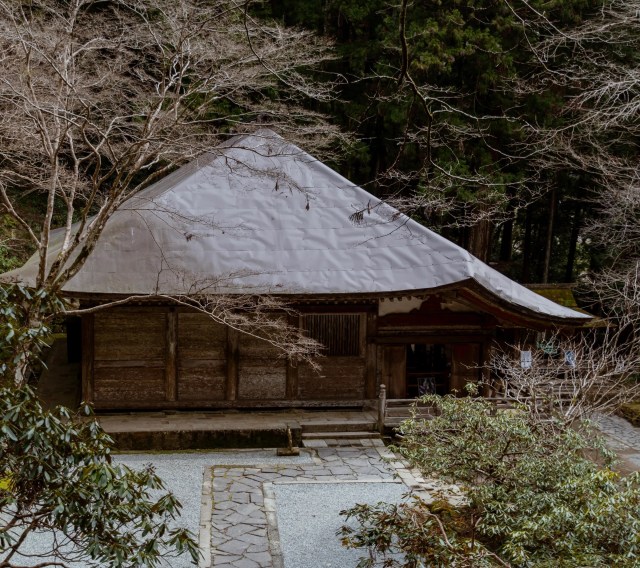
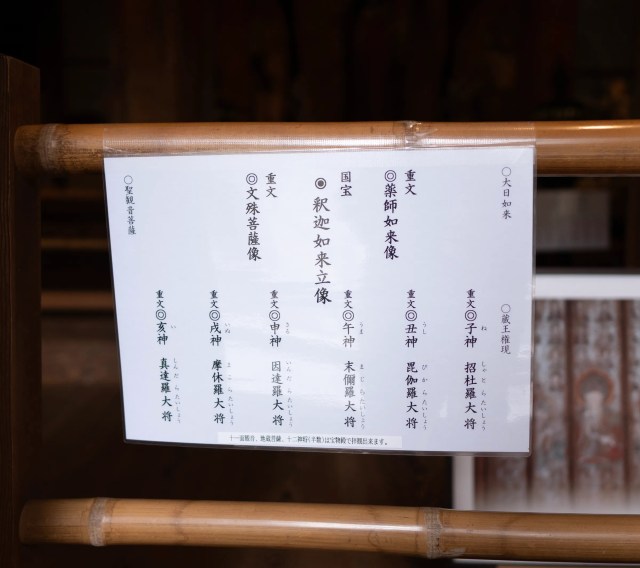
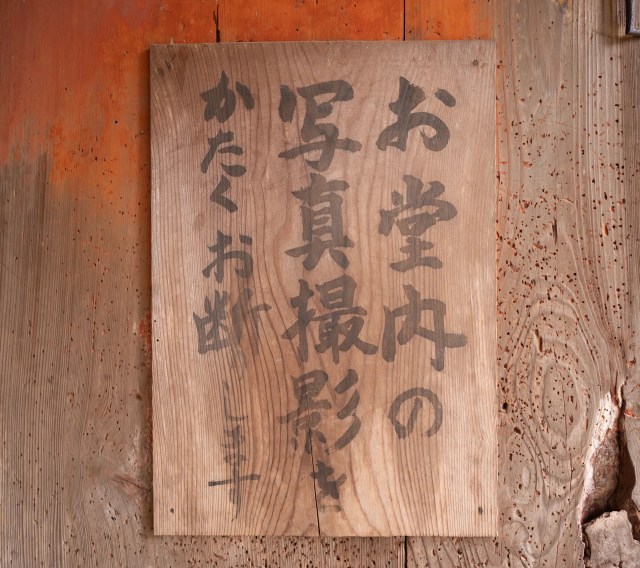
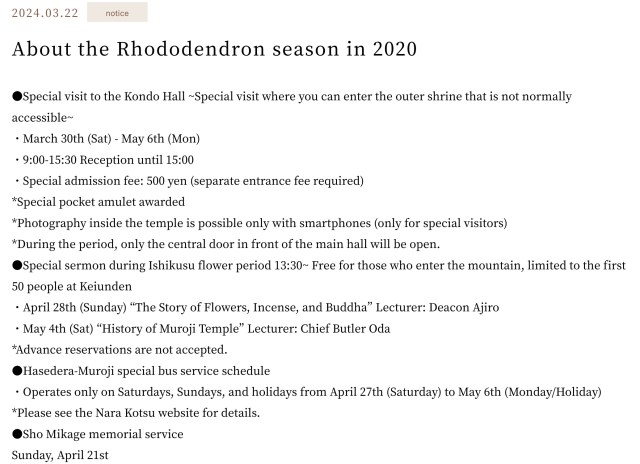
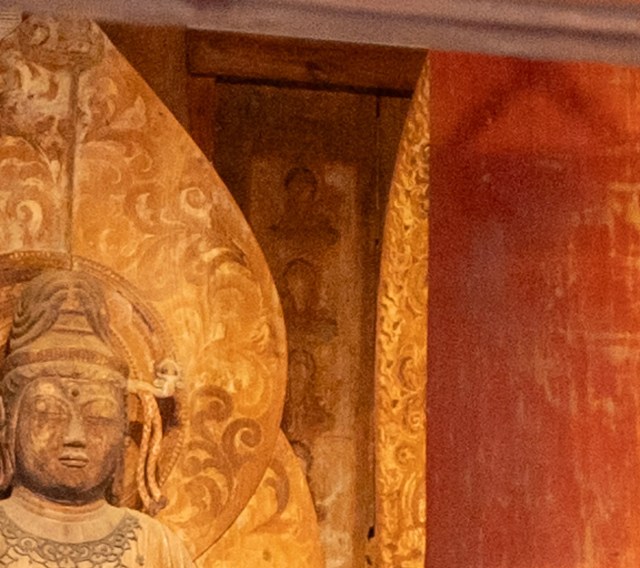
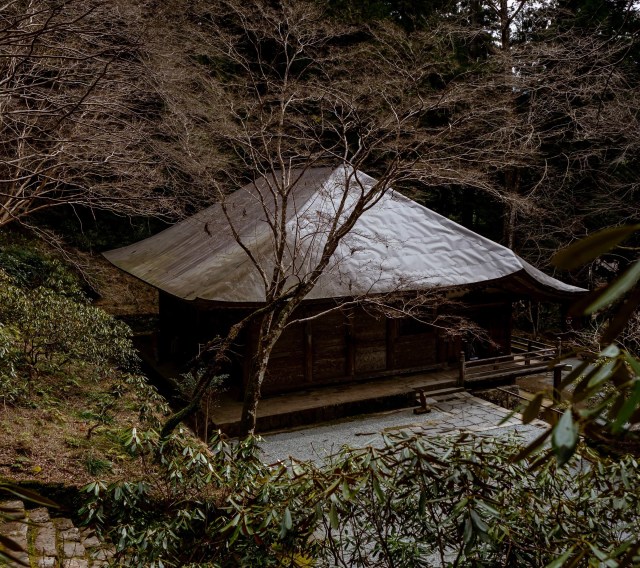
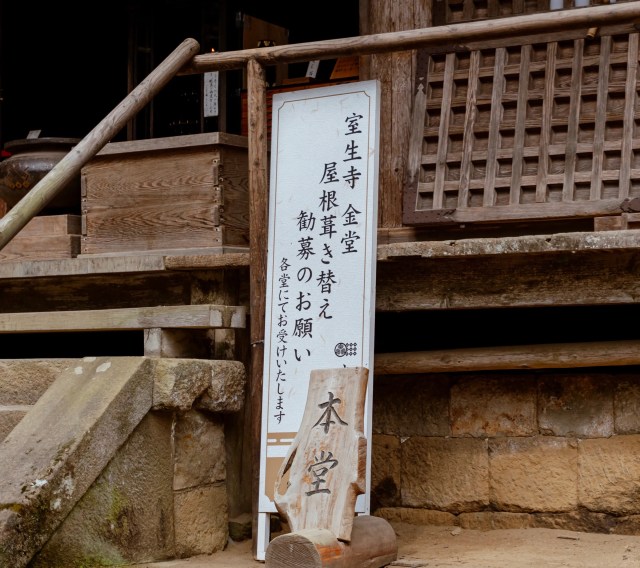
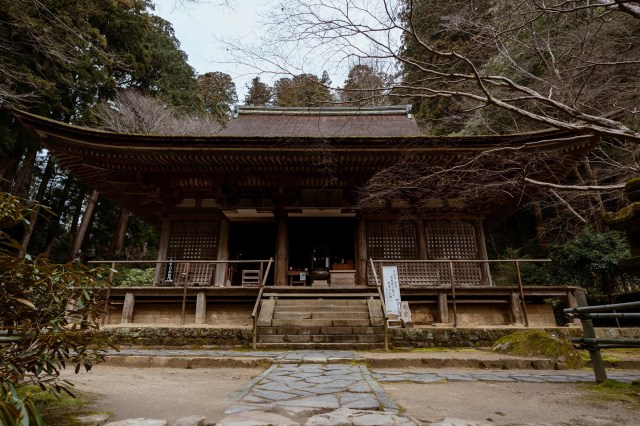
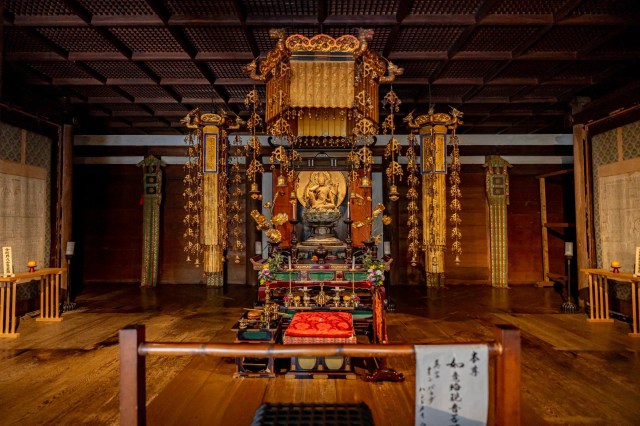
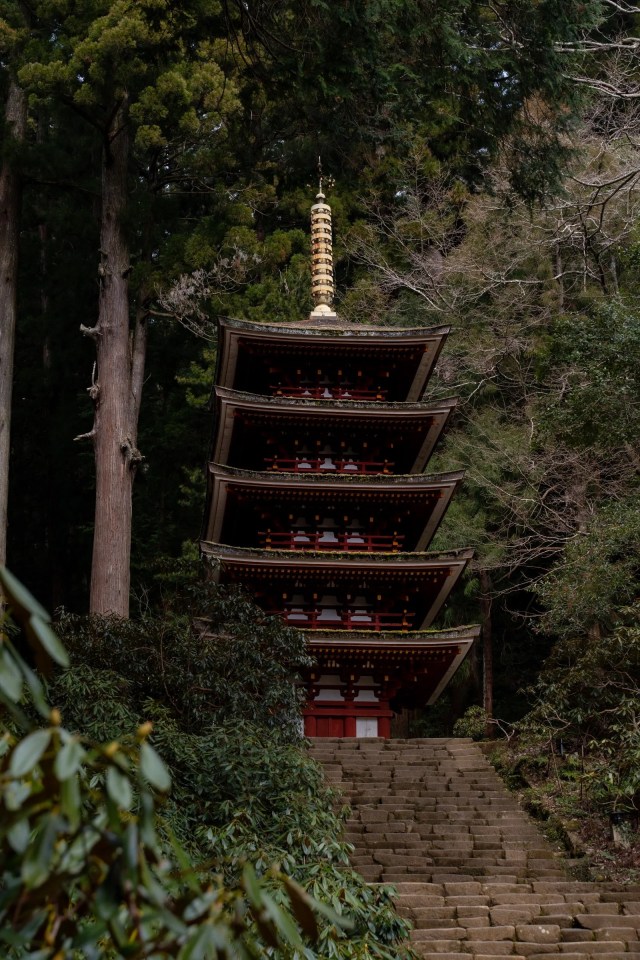
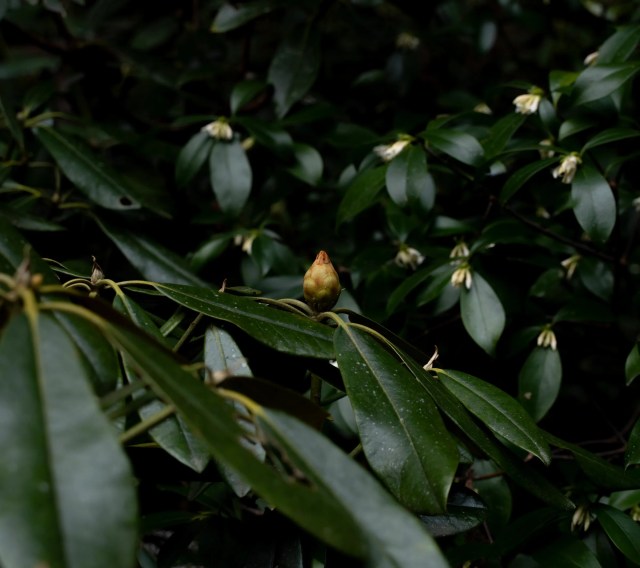
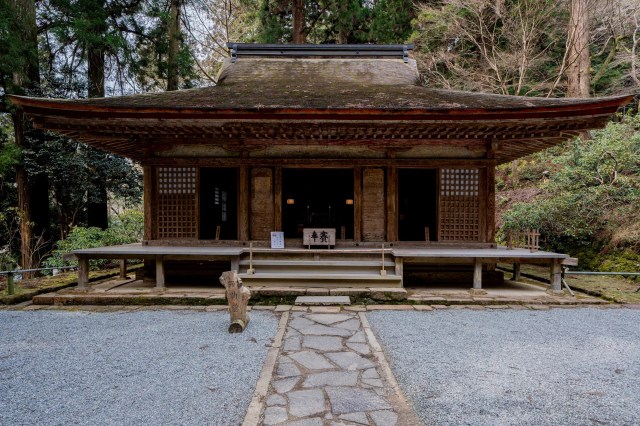
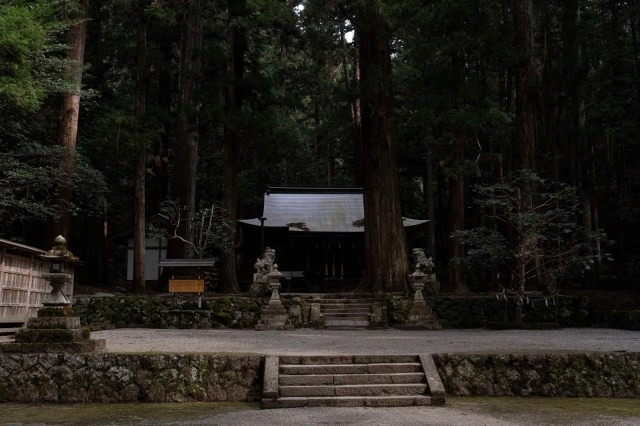
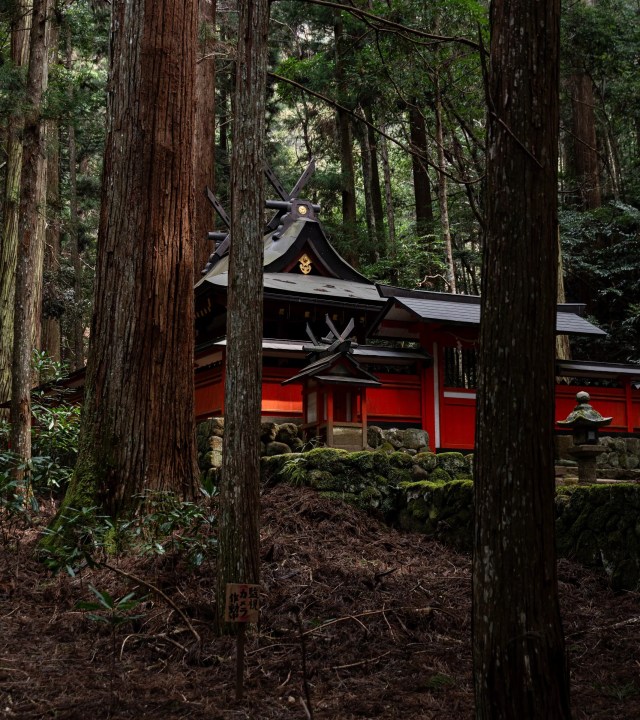
 Abe Monjuin: An ancient temple with a connection to stars and astrology…and National Treasures
Abe Monjuin: An ancient temple with a connection to stars and astrology…and National Treasures A visit to the ordinarily forbidden hall of Nara’s Hasedera Temple【Photos】
A visit to the ordinarily forbidden hall of Nara’s Hasedera Temple【Photos】 Dragon reformation and the largest clay Budda in Japan: A visit to Okadera Temple【Photos】
Dragon reformation and the largest clay Budda in Japan: A visit to Okadera Temple【Photos】 Places you simply must visit: Nara edition
Places you simply must visit: Nara edition This little-known temple in rural Japan has a giant Buddha bigger than Kamakura’s or Nara’s【Pics】
This little-known temple in rural Japan has a giant Buddha bigger than Kamakura’s or Nara’s【Pics】 Private booths are coming to Japan’s Shinkansen bullet trains even sooner than we’d thought【Video】
Private booths are coming to Japan’s Shinkansen bullet trains even sooner than we’d thought【Video】 Rakuten randomly offers 58 New Year’s osechi feasts in Japan, but did we get a star or a dud?
Rakuten randomly offers 58 New Year’s osechi feasts in Japan, but did we get a star or a dud?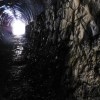 The oldest tunnel in Japan is believed to be haunted, and strange things happen when we go there
The oldest tunnel in Japan is believed to be haunted, and strange things happen when we go there Daiso unveils new official mascot, Daizo the elephant
Daiso unveils new official mascot, Daizo the elephant Coca-Cola Japan unveils new sakura design bottle for cherry blossom season 2019
Coca-Cola Japan unveils new sakura design bottle for cherry blossom season 2019 Yokohama restaurant serves fried axolotl, along with giant isopod, camel, and crocodile
Yokohama restaurant serves fried axolotl, along with giant isopod, camel, and crocodile Cosplay costume room tour by Japan’s number-one cosplayer Enako is an eye-opener【Video】
Cosplay costume room tour by Japan’s number-one cosplayer Enako is an eye-opener【Video】 Four Shinto shrines to pray for love at in Japan to start the New Year
Four Shinto shrines to pray for love at in Japan to start the New Year Original Totoro plush toys from 80s and 90s re-issued for Studio Ghibli exhibition
Original Totoro plush toys from 80s and 90s re-issued for Studio Ghibli exhibition Dragon Quest Burgers and Slime drinks are coming to McDonald’s Japan【Video】
Dragon Quest Burgers and Slime drinks are coming to McDonald’s Japan【Video】 Starbucks Japan ready to get Year of the Horse started with adorable drinkware and plushies【Pics】
Starbucks Japan ready to get Year of the Horse started with adorable drinkware and plushies【Pics】 Japanese beef bowl chain Sukiya’s 2026 Smile Box lucky bag basically pays for itself
Japanese beef bowl chain Sukiya’s 2026 Smile Box lucky bag basically pays for itself Hayao Miyazaki says Happy New Year to Studio Ghibli fans with new art for Year of the Horse
Hayao Miyazaki says Happy New Year to Studio Ghibli fans with new art for Year of the Horse Cup Noodle tries an authentic Jiro-style ramen, but something’s not quite right
Cup Noodle tries an authentic Jiro-style ramen, but something’s not quite right The best Starbucks Japan Frappuccinos we want to drink again in 2026
The best Starbucks Japan Frappuccinos we want to drink again in 2026 We revisited Sweets Paradise after a decade to see if Japan’s dessert buffet still delivers
We revisited Sweets Paradise after a decade to see if Japan’s dessert buffet still delivers That time Seiji called JASRAC to ask why he didn’t get paid royalties for his song being on TV
That time Seiji called JASRAC to ask why he didn’t get paid royalties for his song being on TV We found possibly the quietest Japanese-style hotel in Tokyo’s bustling Shinjuku district
We found possibly the quietest Japanese-style hotel in Tokyo’s bustling Shinjuku district Pizza Hut Japan’s hot lucky bags are perfect for a New Year’s pizza party
Pizza Hut Japan’s hot lucky bags are perfect for a New Year’s pizza party Japan’s oldest largetooth sawfish in captivity back on display in Mie Prefecture
Japan’s oldest largetooth sawfish in captivity back on display in Mie Prefecture 7-Eleven Japan starts new temporary luggage storage service in over 300 branches
7-Eleven Japan starts new temporary luggage storage service in over 300 branches Disillusionment at Tsukiji’s tourist-target prices led us to a great ramen restaurant in Tokyo
Disillusionment at Tsukiji’s tourist-target prices led us to a great ramen restaurant in Tokyo Starbucks teams up with 166-year-old Kyoto doll maker for Year of the Horse decorations【Photos】
Starbucks teams up with 166-year-old Kyoto doll maker for Year of the Horse decorations【Photos】 Tokyo considering law requiring more trash cans following litter increase in heavily touristed area
Tokyo considering law requiring more trash cans following litter increase in heavily touristed area Tokyo’s Tsukiji sushi neighborhood asks tour groups to stay away for the rest of the month
Tokyo’s Tsukiji sushi neighborhood asks tour groups to stay away for the rest of the month Tokyo event lets you travel back in time, for free, to celebrate 100 years since Showa era start
Tokyo event lets you travel back in time, for free, to celebrate 100 years since Showa era start Japan may add Japanese language proficiency, lifestyle classes to permanent foreign resident requirements
Japan may add Japanese language proficiency, lifestyle classes to permanent foreign resident requirements Sanrio theme park in Japan announces plans to expand into a Sanrio resort
Sanrio theme park in Japan announces plans to expand into a Sanrio resort Stamina-destroying “Paralysis Noodles” are Tokyo’s newest over-the-top ramen innovation
Stamina-destroying “Paralysis Noodles” are Tokyo’s newest over-the-top ramen innovation Survey asks foreign tourists what bothered them in Japan, more than half gave same answer
Survey asks foreign tourists what bothered them in Japan, more than half gave same answer Japan’s human washing machines will go on sale to general public, demos to be held in Tokyo
Japan’s human washing machines will go on sale to general public, demos to be held in Tokyo Japan’s deadliest food claims more victims, but why do people keep eating it for New Year’s?
Japan’s deadliest food claims more victims, but why do people keep eating it for New Year’s? We deeply regret going into this tunnel on our walk in the mountains of Japan
We deeply regret going into this tunnel on our walk in the mountains of Japan Studio Ghibli releases Kodama forest spirits from Princess Mononoke to light up your home
Studio Ghibli releases Kodama forest spirits from Princess Mononoke to light up your home Major Japanese hotel chain says reservations via overseas booking sites may not be valid
Major Japanese hotel chain says reservations via overseas booking sites may not be valid Put sesame oil in your coffee? Japanese maker says it’s the best way to start your day【Taste test】
Put sesame oil in your coffee? Japanese maker says it’s the best way to start your day【Taste test】 No more using real katana for tourism activities, Japan’s National Police Agency says
No more using real katana for tourism activities, Japan’s National Police Agency says Starbucks Japan reveals new sakura drinkware collection, inspired by evening cherry blossoms
Starbucks Japan reveals new sakura drinkware collection, inspired by evening cherry blossoms Updated cherry blossom forecast shows extra-long sakura season for Japan this year
Updated cherry blossom forecast shows extra-long sakura season for Japan this year Kyoto’s Tofukuji temple opens secret area above Sanmon Gate to the public
Kyoto’s Tofukuji temple opens secret area above Sanmon Gate to the public 1,032 statues, and one thing too many people miss, at this Kyoto temple
1,032 statues, and one thing too many people miss, at this Kyoto temple Miss school field trips? Now adults can go on a “school trip” too with new plan at Nara hotel
Miss school field trips? Now adults can go on a “school trip” too with new plan at Nara hotel JR Central and Kyoto temple team up for the coolest temple tourism experiences you’ll ever see
JR Central and Kyoto temple team up for the coolest temple tourism experiences you’ll ever see Crowdfunding campaign for Nara World Heritage temple surpasses 100 million yen in 8 days
Crowdfunding campaign for Nara World Heritage temple surpasses 100 million yen in 8 days
Leave a Reply